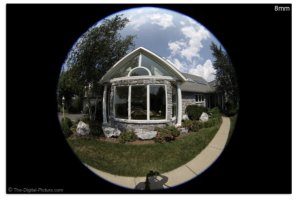Just interested in learningLikely possible from an optical standpoint. In this case, that ‘open space’ in the middle is where the front group retracts during zooming (the diagram shows the lens at its most extended, which for this design is 11 mm).
Also, from a practical standpoint that location on the barrel is where you find things like the zoom and focus rings. Seems unlikely that Canon would make a zoom ring or focus ring really skinny to accommodate a drop in filter.
This patent design may not be the one to become a product. But if it is, it won’t feature a drop in filter. You seem insistent on highlighting the possibility of including one. I’m not disputing the possibility, I’m just saying this patent design is not going to give you what you hope for.
It does seem odd that Canon would introduce an RF lens with a spec that to all intents and purposes is the same as an existing EF lens, so I'm left wondering what "feature" or USP they'll use to promote it.
Upvote
0


